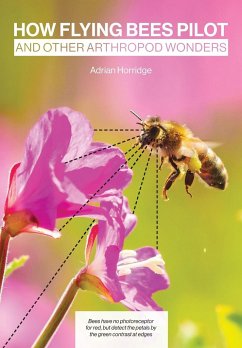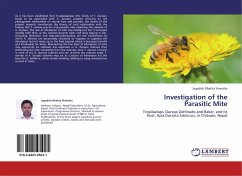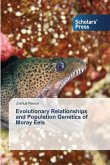Essay from the year 2013 in the subject Biology - Miscellaneous, grade: A, ( Atlantic International University ) (School of Science and Engineering), course: Master of Science (Applied Entomology), language: English, abstract: Venomous arthropods are those that release a poisonous substance (venom) when disturbed. They release the venom in their defense against intruders. Examples of venomous arthropods are scorpions, wasps, some caterpillars and bees. The word "parasite" is derived from two Greek words, "para", meaning "beside", and "sitos" meaning "food". Therefore, a parasite literally means an organism that is beside another organism for purposes of obtaining food. Adam, et al. (1979) defined a parasite as an organism which depends for part of its life or for its entire life on another organism, called the host, from which it obtains food and shelter. According to Smyth (1996), hosts are normally of a different species from their parasites. Parasitism is a kind of adaptation for survival, and in any case, a true parasite should not kill its host, lest it will kill its source of survival and/or kill itself too. Although many parasitic organisms are harmless to the host, others are pathogenic; they cause disease in their hosts, leading to morbidity and death of the host. The parasitic mode of life must have been a survival mechanism developed by certain organisms since the beginning of life on earth, about 4 billion years ago. It must have been impossible for these organisms to survive on their own. It is known that environment can change; presenting different conditions each time and organisms struggle to cope and survive with the change. We are aware that the earth has gone through periods of ice, fire, meteorite strikes, volcanic eruptions, global dust veils, acid rain, and continental upheavals. When such changes occur in the environment, organisms naturally take refuge in safer habitats, hosts or geographical locations. Better still, others changebehaviour or transit through an evolutionary process into a new organism in order to fit within the new conditions. So, changes in the environment present with both challenges and opportunities. Organisms which were once free living can become parasitic and those which were once non-pathogenic can become pathogenic.








